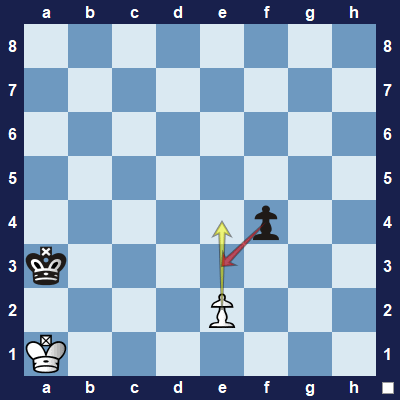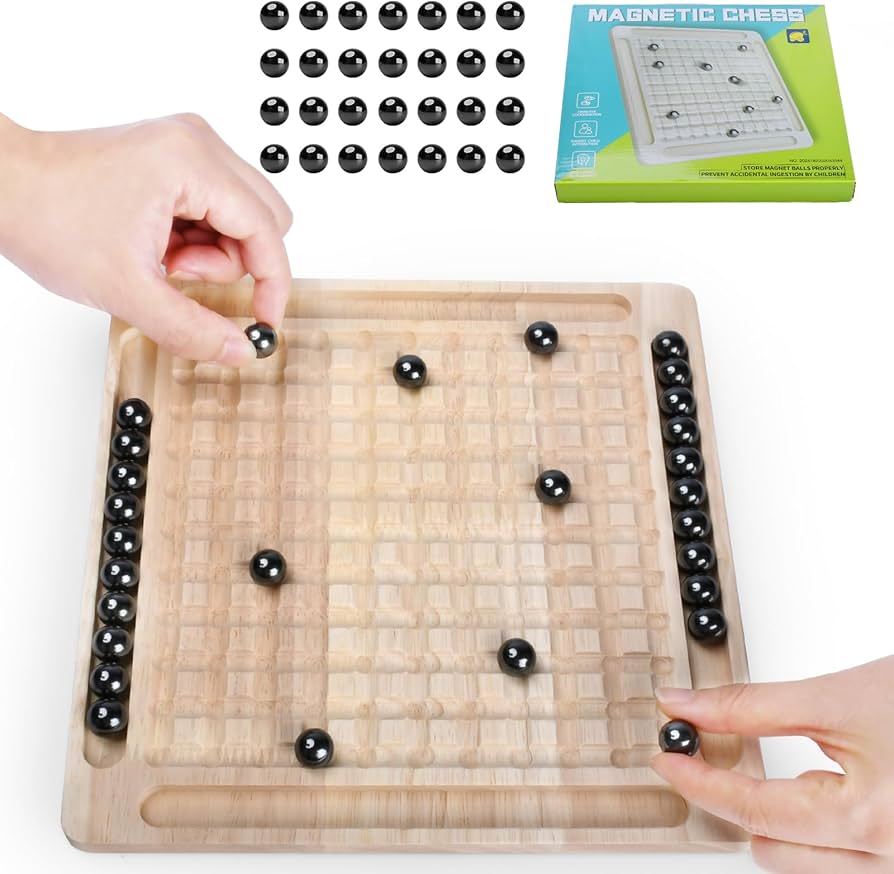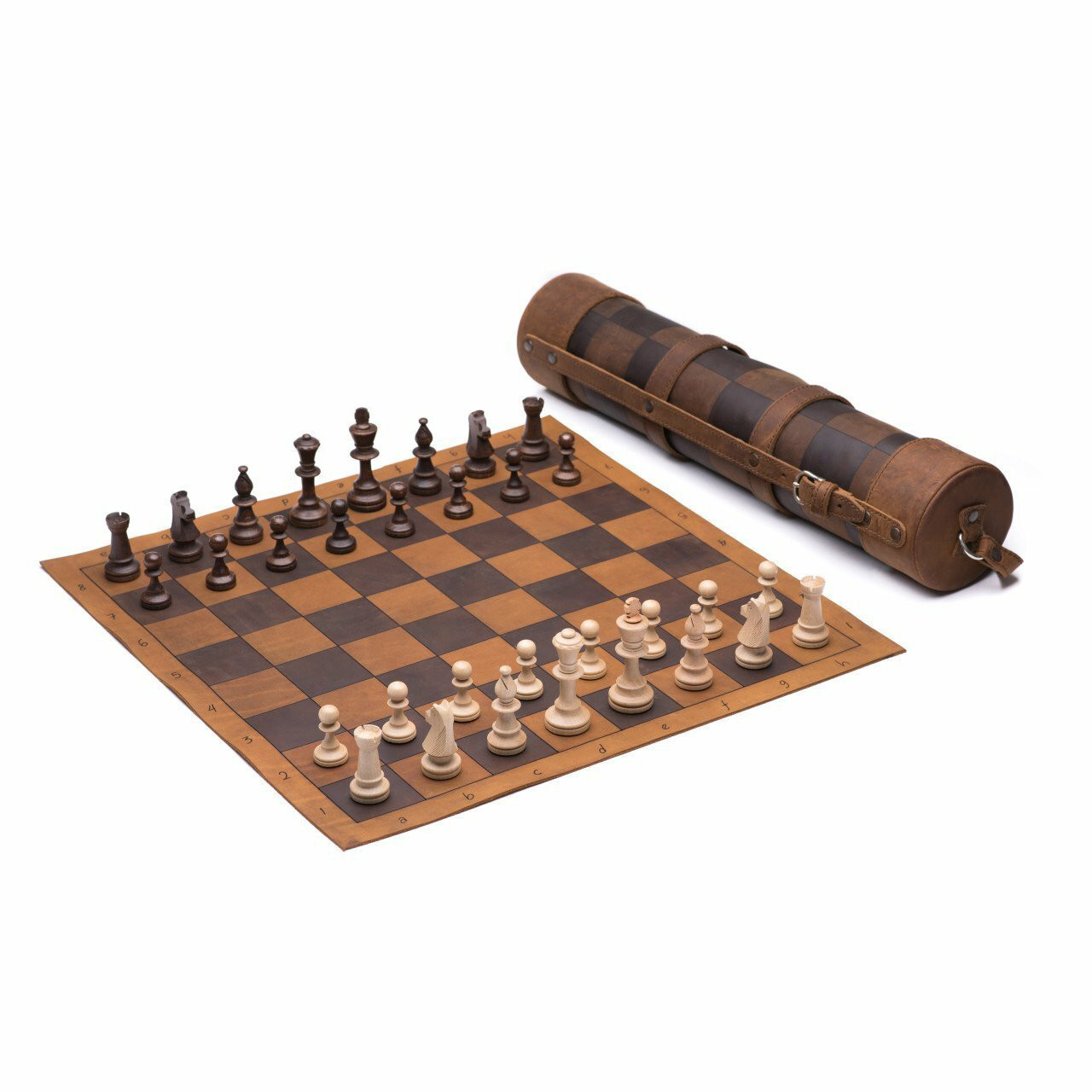Chess is a game with many unique rules. But how many special rules exist in chess?
Chess has a few basic rules, but it also includes several special rules that can change the course of the game. These special rules add layers of strategy and excitement. For beginners, understanding these rules can be challenging. However, knowing them is key to mastering the game.
Whether you are a new player or someone brushing up on chess knowledge, grasping these special rules is crucial. They can make the difference between a win and a loss. We will explore these special rules in detail. You will learn how each one works and why it matters. Ready to dive in? Let’s explore the special rules of chess together.
Introduction To Special Rules In Chess
Chess is a game of strategy and skill. It has fascinated players for centuries. While the basic rules are well known, there are special rules that add depth to the game. These rules can change the course of a game in surprising ways. Understanding them is key to becoming a better player.
Importance Of Special Rules
Special rules in chess are crucial. They create unique opportunities and challenges. Here are some reasons why they matter:
- Enhanced Strategy: Special rules make the game more complex and interesting.
- Fair Play: They ensure fairness in different situations.
- Game Dynamics: They can turn the tide of the game, making it unpredictable.
Brief History
The special rules of chess have evolved over time. Each rule was introduced to solve a specific need or issue in the game.
For instance, castling was introduced in the 14th century. It was designed to improve the safety of the king and to speed up the game.
The en passant rule appeared around the same time. It was created to prevent players from avoiding pawn captures by moving their pawns two squares forward.
Another important rule, pawn promotion, has always been part of chess. It allows a pawn to become any piece, adding strategic depth.
Special Rules Summary
| Rule | Purpose | Era Introduced |
|---|---|---|
| Castling | King safety and game speed | 14th Century |
| En Passant | Prevent avoiding captures | 14th Century |
| Pawn Promotion | Strategic depth | Ancient |
Learning these special rules can significantly improve your chess game. They add layers of strategy and excitement. So, dive in and explore these fascinating aspects of chess!

Credit: chessfox.com
Castling
Castling is a unique move in chess. It involves the king and a rook. This move allows the king to move two squares towards the rook. The rook then moves to the square next to the king. Castling can enhance your strategy and protect your king.
Conditions For Castling
Several conditions must be met for castling to be legal. The king and the rook involved must not have moved before. The squares between the king and rook must be empty. The king cannot be in check. The squares the king moves through must not be under attack. The square the king lands on must not be under attack either.
Types Of Castling
There are two types of castling: kingside and queenside. Kingside castling moves the king towards the rook on the h-file. This is usually a shorter move. Queenside castling involves the rook on the a-file. This move is longer and can be more complex.
En Passant
Chess is a game full of intricate strategies and special rules. One of the most fascinating rules is En Passant. This special pawn move can catch many players off guard. Understanding its origin and execution can give you an edge in your games.
Origin Of En Passant
The En Passant rule dates back to the 15th century. During this period, the rules of chess were being modified. The double-step move for pawns was introduced. This change made the game faster and more dynamic. To prevent pawns from unfairly bypassing opponent pawns, En Passant was created.
Its name is French, meaning “in passing.” It reflects the move’s unique nature. The rule allows a pawn to capture an opponent’s pawn as if it had only moved one square forward.
Executing En Passant
Executing En Passant involves a few specific conditions:
- The capturing pawn must be on its fifth rank.
- The opponent’s pawn must move two squares forward from its starting position.
- The capture must be made on the very next move.
Here is how it looks on the board:
| Step | Action |
|---|---|
| 1 | Opponent’s pawn moves two squares forward |
| 2 | Your pawn is on the fifth rank |
| 3 | You capture the opponent’s pawn as if it moved one square |
It is important to remember the capture must be immediate. Waiting even one move makes the opportunity vanish.
Mastering En Passant can surprise your opponents and turn the tide of the game.
Pawn Promotion
Pawn promotion is an exciting rule in chess. It happens when a pawn reaches the opposite side of the board. This achievement gives the player a chance to exchange the pawn for another piece. Understanding pawn promotion is key to improving your chess strategy.
Promotion Options
When a pawn promotes, the player can choose from four pieces. These pieces are the queen, rook, bishop, or knight. Most players pick a queen. It is the most powerful piece. A queen has the abilities of both a rook and a bishop. But sometimes, a different piece is more strategic. Each option brings its own benefits.
Strategic Importance
Pawn promotion can turn the game around. A well-placed promoted piece can checkmate the opponent. Choosing the right piece is crucial. It depends on the current board situation. For example, a knight might be better in tight spaces. Or a bishop can control long diagonals. Always consider the position before promoting your pawn.
Draw Rules
Chess is a game of strategy and skill, but it also has a few special rules that can end a game in a draw. These draw rules ensure fairness and add depth to the game. Let’s explore these draw rules in detail.
Stalemate
A stalemate occurs when a player has no legal moves and their king is not in check. In this situation, the game ends in a draw. It can be a surprising outcome, especially if one player seems to be winning.
| Condition | Result |
|---|---|
| No legal moves | Draw |
| King not in check | Draw |
Threefold Repetition
The threefold repetition rule prevents endless repetition of moves. If the same position occurs three times with the same player to move, the game can be claimed as a draw. This rule helps to avoid monotonous play.
- Same position must occur three times.
- Same player must be to move.
- Player can claim a draw.
Fifty-move Rule
The fifty-move rule states that if 50 consecutive moves are made by both players without any pawn movement or capture, the game is a draw. This rule ensures that players do not prolong the game unnecessarily.
- 50 moves without pawn movement.
- 50 moves without capture.
- Game ends in a draw.
Underpromotion
Chess is a game rich with unique strategies. One such strategy is underpromotion. This rule allows a pawn to promote to a piece other than a queen. While rare, it adds depth and excitement to the game.
Rare Choices
Underpromotion is uncommon in most games. Players often choose the queen for its power. Yet, underpromotion can be a clever move. It can surprise your opponent. Choosing a knight, rook, or bishop can be strategic. Each piece has its own strengths. The right choice depends on the game situation.
Tactical Uses
Underpromotion can serve specific tactical purposes. Promoting to a knight can deliver a check. This can disrupt your opponent’s plans. It can also force a king into a corner. A rook or bishop can avoid stalemate. This keeps the game active. Underpromotion can also create unique patterns. These patterns can lead to winning positions.
Using underpromotion wisely can change the game’s direction. It shows a deep understanding of chess. It also reveals creative thinking. This strategy can give you an edge. Your opponent may not expect it. This surprise element can be powerful. So, consider underpromotion in your games. It can be a valuable tool.
Insufficient Material
In chess, the term ‘Insufficient Material’ refers to a situation where neither player can checkmate the opponent. This happens because there are not enough pieces on the board to deliver a checkmate. Understanding this rule can prevent unnecessary moves and help players identify when a game should end in a draw.
Draw Scenarios
Several scenarios lead to a draw due to insufficient material. One common scenario is when both players have only their kings left. The two kings alone cannot checkmate each other. Another scenario occurs when one player has a king and a knight, and the other player only has a king. The knight cannot force a checkmate. Similarly, a king and a bishop versus a lone king also result in a draw.
Common Situations
One frequent situation is the king and king endgame. This means both players only have their kings on the board. Another common situation involves a king and a single minor piece, like a knight or bishop, against a lone king. In these cases, no checkmate is possible. Additionally, a king and two knights versus a lone king also results in a draw. Even though two knights can deliver check, they can’t force a checkmate.

Credit: chessfox.com

Credit: kaabilkids.com
Conclusion
Chess offers many special rules that add depth to the game. These rules create unique strategies and challenges for players. Understanding them can improve your skills and make the game more enjoyable. Each rule has its place, making chess a rich and fascinating game.
Keep exploring and practicing. Enjoy the journey of learning and playing chess.







